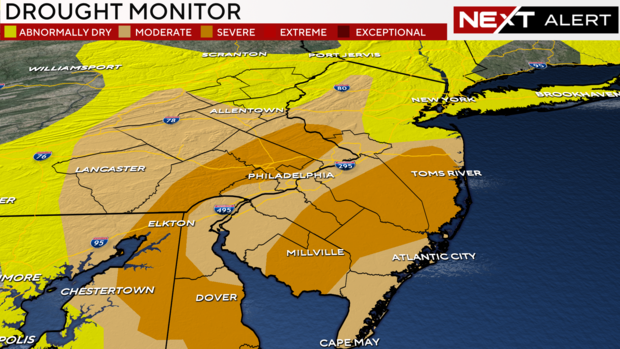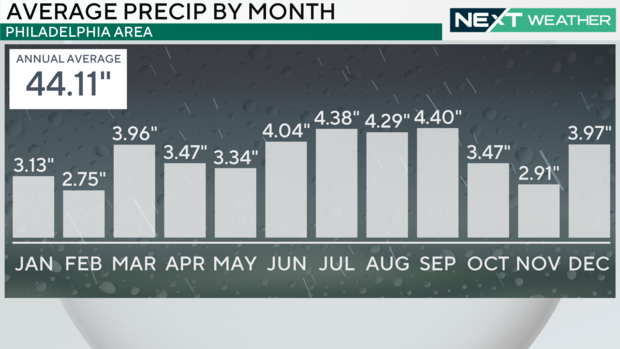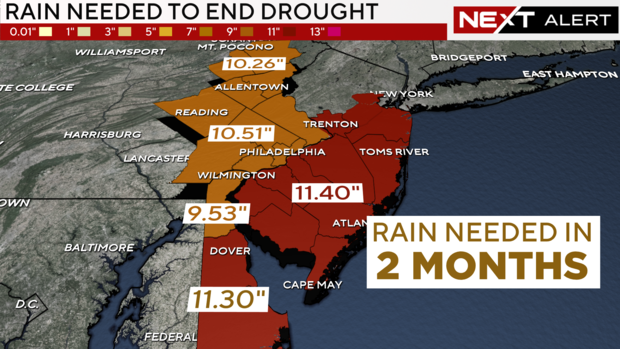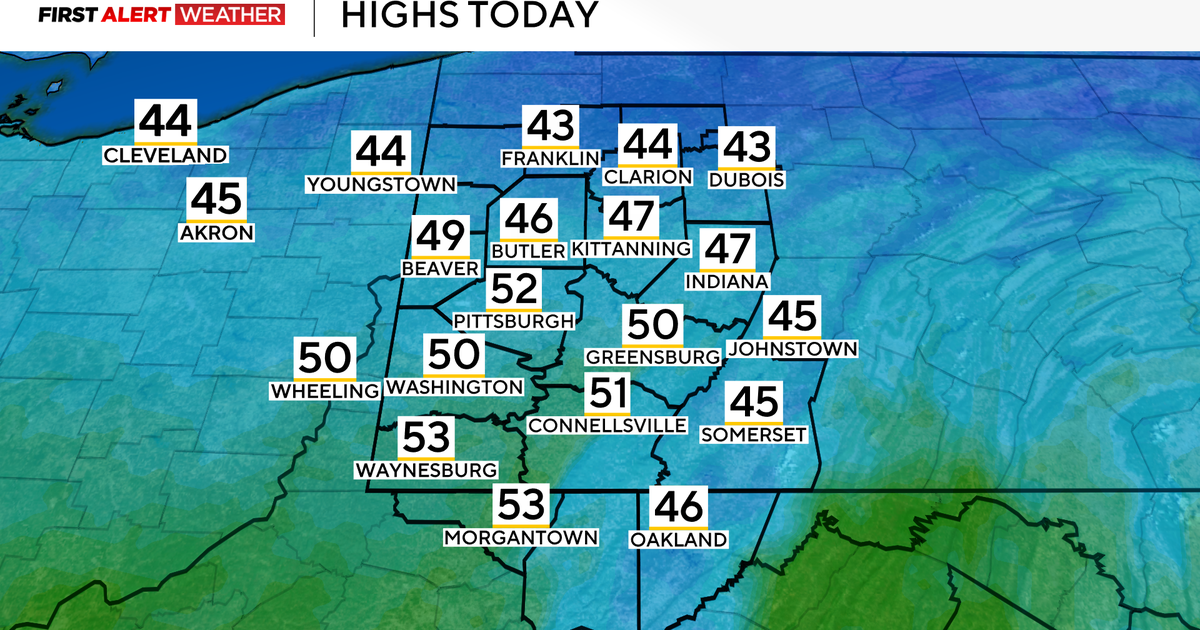Drought continues to worsen in Pennsylvania, New Jersey and Delaware. What will it take to make it better?
There's no denying that the entire Philadelphia region is becoming increasingly in need of rain.
Thursday the latest Drought Monitor was released and it confirmed what many of us already know — the drought is getting worse.
For the last two weeks, the entire region was classified as "Abnormally Dry," but now the "Moderate" and "Severe Drought" classifications are taking over a majority of the area. Seventy-seven percent of the region is now suffering from Moderate Drought conditions with 35% of the area under Severe Drought conditions. This is an increase from 63% and 10% respectively.
New Jersey now has 32% of the state under a severe drought which is an increase from 12% just last week. Meanwhile, 59% of Delaware is now suffering from Severe Drought conditions, an increase from 21% last week.
Drought hasn't taken over as much of the state of Pennsylvania with only 26% of the state under a Moderate Drought and 9% with a Severe Drought, but Berks, Bucks, Carbon, Chester, Delaware, Lehigh, Monroe, Montgomery, Philadelphia and Northampton are all under a Moderate Drought. In fact, Severe Drought conditions also stretch through parts of Chester, Delaware, Philadelphia, Montgomery and Bucks counties.
The dry spell as of late truly is rare and is about to set a record.
As of Thursday, the Philadelphia International Airport has not received measurable rainfall (≥ 0.01") since Sept. 28. So, as of Oct. 24, Philly has gone 26 days without measurable rain. The only two times when there was a longer dry stretch in Philadelphia was in 1963 when there was a 28-day stretch that ended on Oct. 31 and then a 29-day stretch (current record) in 1874 that ended on Nov. 8.
Right now there doesn't appear to be any great chance of accumulating rainfall anytime soon which would set this dry stretch up to break the all-time record on Monday, Oct. 28.
Eventually, it has to start raining again, right? The answer is yes, the pattern will shift and rain (or maybe snow?) will fall from our skies again. The question is, how much rain will the region need to get in order to actually pull out of the current drought situation?
The answer is actually quite staggering.
In order to reverse the drought conditions you have to first start picking up a normal amount of rainfall and then add to that to make up ground from where the rainfall has been lacking. The Philadelphia area only picked up 0.77 inches of rain for the entire month of September. This is notable since September is normally our wettest month, normally receiving 4.40 inches of rain. In fact, that last soaking rain, which is considered to be an inch or more, occurred back on Aug. 8.
So, now without any rain falling in October for the first time ever, there is a lot of ground that needs to be made up in order to get rid of the drought.
According to the National Oceanic and Atmospheric Administration, it would take 8.69 inches of precipitation over the course of one month to end the drought in New Jersey, 7.86 inches of rain in the Pennsylvania suburbs and 6.89 inches of rain in northern Delaware.
Being that the Philadelphia area only averages 2.91 inches of rain for November, this amount of rain would be nearly 300% of what the area normally receives through November this time of year.
The task to eradicate the drought by 2025 appears to be even more difficult with between 10-12 inches of rain needed to end the drought over the next two months.
Click here to track these conditions yourself with a live interactive map.
The good news is that as we head into winter the growing season is coming to an end and we have some time before things get going again in springtime. Not to mention, even when it does start to rain or snow again getting it all at once wouldn't be a good thing either.
The best scenario would be for a pattern shift that offers steady doses of moderate precipitation over the next six months or so that gets us back on track before the hot summer months return next year.













